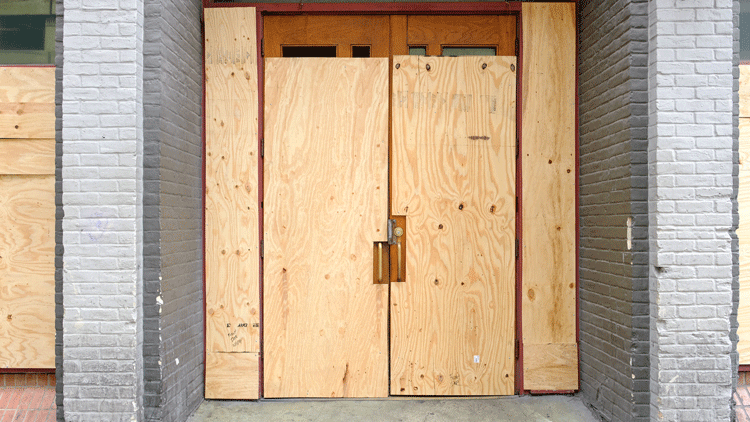More than 1,300 restaurants in Britain became insolvent in the 12 months to March 31, 2022, an increase of 4% on the previous 12 months when 926 restaurant businesses went bankrupt, according to accounting firm Price Bailey.
The number of insolvencies in the restaurant sector in the first quarter of 2022 (378) is at the highest level since the fourth quarter of 2019 (386) with an average of 3.6 restaurant companies going bankrupt per day, compared to 2.5 per day in 2020/21.
The rise in the number of catering business closures is attributed to the expiration of support for businesses affected by Covid-19 restrictions.
Price Bailey says the restaurant industry is facing a “perfect storm” of adverse business conditions, which are proving particularly difficult for the midscale casual dining market.
Economic headwinds
A range of factors, including the phasing out of measures put in place to support businesses during the pandemic and squeezed incomes due to rising inflation, are putting pressure on the beleaguered restaurant sector, the firm says. accounting.
“Restaurants are facing economic headwinds. Soaring inflation is leaving consumers with less money to spend on dining out, hitting restaurants just as government support is being phased out,” said Matt Howard, Head of Insolvency and of recovery.
“Restaurants are struggling with rising wages and food prices. Many struggle to pass these costs on to diners who themselves feel the pressure of rising energy and food bills.
“The high end of the sector in London faces less pressure than the mid-range casual dining market. Many main streets are overcrowded with chain restaurants, which compete for dwindling numbers of customers. With margins still under pressure, we will continue to see the least viable businesses and sites in the industry threatened with closure. »
The company predicts the situation is likely to get worse for hotel businesses as inflation remains high throughout the year and a likely rise in interest rates puts further pressure on what it says is a highly indebted sector.
“Restaurants are capital-intensive businesses. Many are perpetually walking a tightrope on their balance sheets and it often only takes a few months of bad earnings to tip them over,” adds Howard.
“The cost of acquiring restaurant leases and equipment can run into the millions per site in prime downtown locations. You need a lasting clientele to absorb this risk. Many restaurant businesses are heavily biased, making them vulnerable to rising interest rates.
“Restaurants also face fierce competition from the food delivery market, with brands such as Just Eat and Deliveroo persuading many potential diners to eat at home rather than spending more on eating out. Home delivery services are likely to take more market share as disposable income is reduced.

